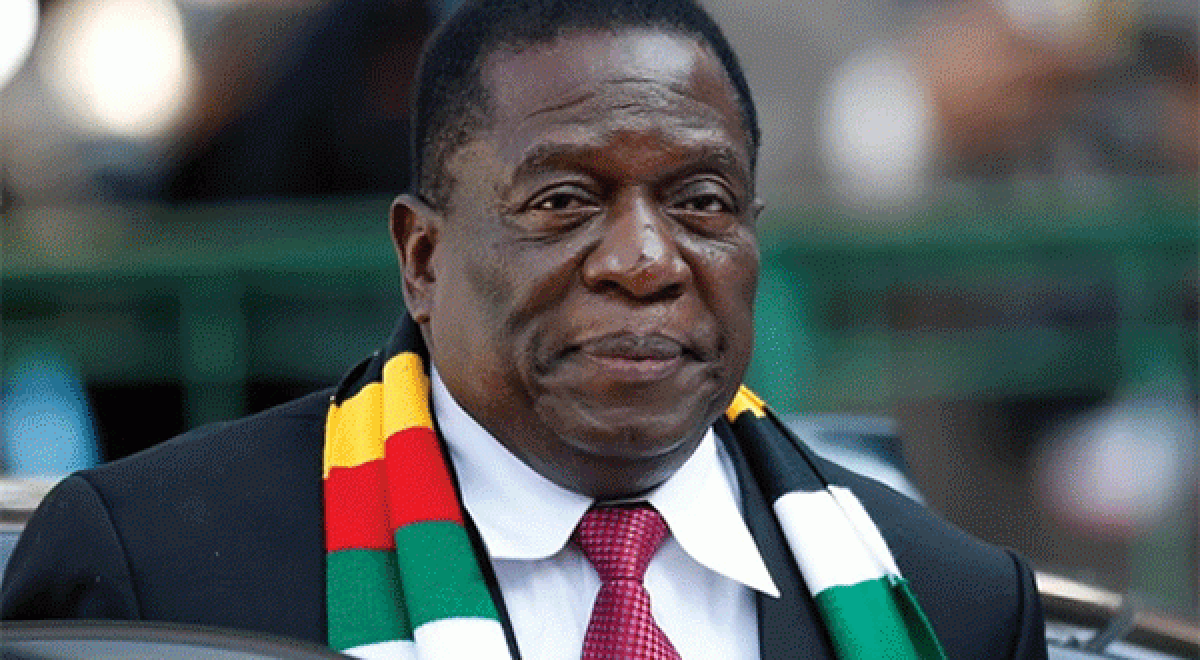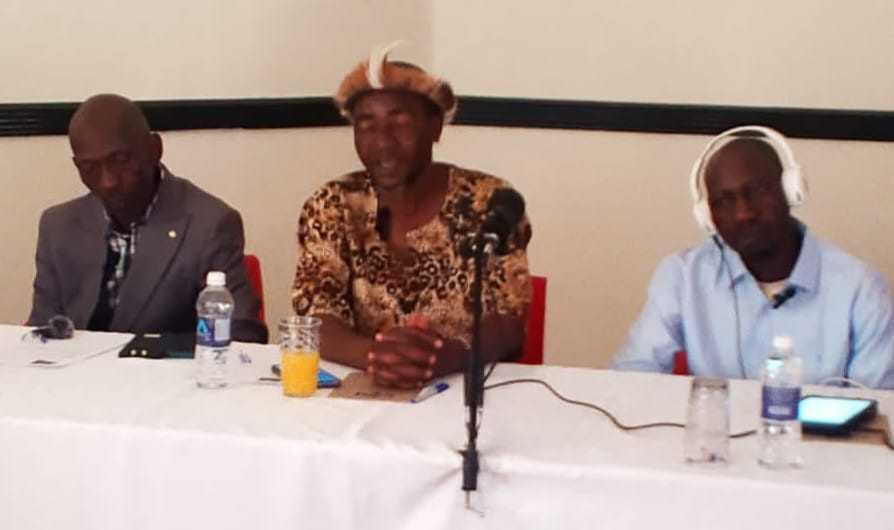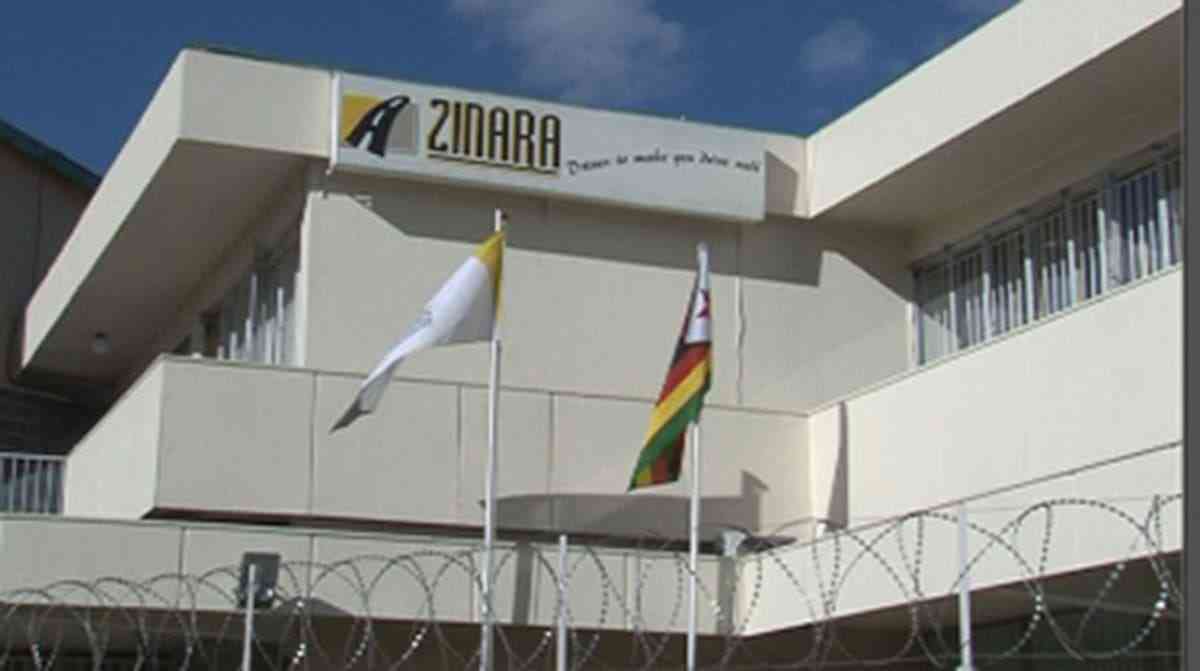
By Sertan Sanderson
Bureaucratic procedures in southern Africa are — like elsewhere in the world — nothing anyone truly ever looks forward to. But at border posts throughout the region, there’s almost a sense of calm amid chaos. Officials work diligently to ensure the proper movement of goods and people.
This appears to be particularly true at the border of Botswana and Zimbabwe, where Zimbabwean officials pay close attention to all details and refuse to accept even slightly worn-out US dollar bills to pay for the visa fees, which can make for a hassle if you’re not used to spending cash on your travels.
The reason why the American currency appears to be the go-to standard here is the skyrocketing hyperinflation that took place in the country a decade ago, which — according to estimates published by the US-based CATO Institute think-tank — saw Zimbabwe’s currency lose its value at a rate of 80 billion percent month-on-month during the financial crisis of 2008. A year later, the Zimbabwean dollar, which by that point was being printed in denominations of up to 100 trillion, was abolished.
However, you won’t hear the echo of those alarm bells signalling an economy spiraling out of control into abject poverty as you drive 45 minutes from the border post at Kasane to Victoria Falls. Whizzing past elephants, giraffes and other wonderful wildlife on an immaculately asphalted highway, you eventually reach the town of Victoria Falls, where you will notice signs inviting you to visit the world’s largest waterfalls.
That term, however, is a bit misleading, as the torrents here are neither the highest nor the widest in the world, but with the combined width, height and volume of water passing through, they are indeed home to the world’s biggest water mass tumbling down at such ferocious speeds.
More recently, these cascading waters hit the headlines in 2019 on account of a report alleging that the Victoria Falls were drying out amid widespread drought in this part of Africa. The story turned out to be a false report, but the knock-on effects were felt throughout the region: many tourists cancelled their trip to this UNESCO World Heritage Site over the Christmas holidays, which the region is still trying to recover from; normally, Victoria Falls is frequented by roughly a million visitors a year.
That number, however, reflects visitors to both sides of the falls, as the waters straddle the border between Zimbabwe and Zambia. Historically, the Zimbabwean side has attracted more tourists, as most of the cascading waters are to be seen here. But the Zambian side is catching up, offering tourists to try more adventurous ways to explore this unique wonder of nature.
- Chamisa under fire over US$120K donation
- Mavhunga puts DeMbare into Chibuku quarterfinals
- Pension funds bet on Cabora Bassa oilfields
- Councils defy govt fire tender directive
Keep Reading
From aerial tours in helicopters to bungee-jumping to actually wading through the pools at the top of the falls during the dry season, daredevils of all shapes and sizes can get even closer to the action on the Zambian side of the falls. However, if you choose to experience the falls, be prepared to get soaked, as water will surprise you from all directions when you least expect it. In fact, this is believed to be the only place on earth where it rains all day, each day of the year as a result of the vapour from the falls.
Even without the adrenaline kicks offered in Zambia, visiting the Victoria Falls on the tamer Zimbabwean side is still a spectacular experience.
In the local siLozi language, the waterfalls are known as “Mosi-oa-Tunya,” which translates as “the smoke that thunders”. And indeed, this is the kind of spectacle of nature you’ll hear thundering long before you can catch a first glimpse of it. The roaring noise of the water starts the moment you enter the Victoria Falls national park.
You have to walk several hundred metres until you reach the first water feature, known as the Devil’s Cataract. With a drop of 60 metres, it is the lowest point of the falls, but perhaps also the most intimate. This is where the prelude takes place, where you warm up to what is yet to come.
Then for several hundred metres, you walk along Victoria Falls through rainforest landscapes, witnessing the sheer force of water in close proximity.
Surrounded by wonderful bird calls and up to 90% humidity, you enter a micro-climate unlike anything you’ve ever witnessed before. It’s the kind of weather that makes you want to dance in the rain.
The various points you pass have names like the “Horseshoe Falls” and the “Main Falls”, but unless you are here for scientific reasons, you won’t even notice such details as you stand in awe staring at the majesty of this force of nature.
There are more people begging on the street than elsewhere in the region; vendors are desperately trying to sell trinkets to tourists. And suddenly, you find yourself confronted with some serious decisions like whether there is enough petrol in your tank or if you might want to cut your losses and put up with the 20-minute queue for petrol at the service station.
While cascading waters may be overflowing here, fossil fuels clearly are not. Amid ongoing fuel shortages, you realise that having a full tank of petrol is a luxury you bring with you — and take away with you as well.
With economic mismanagement of such magnitude that petrol stations have to ration and micromanage their supplies, it becomes evident that all it takes is just a scratch underneath the surface of the manicured environs of Victoria Falls to understand that enjoying this place is a privilege in more ways than one. —DW











